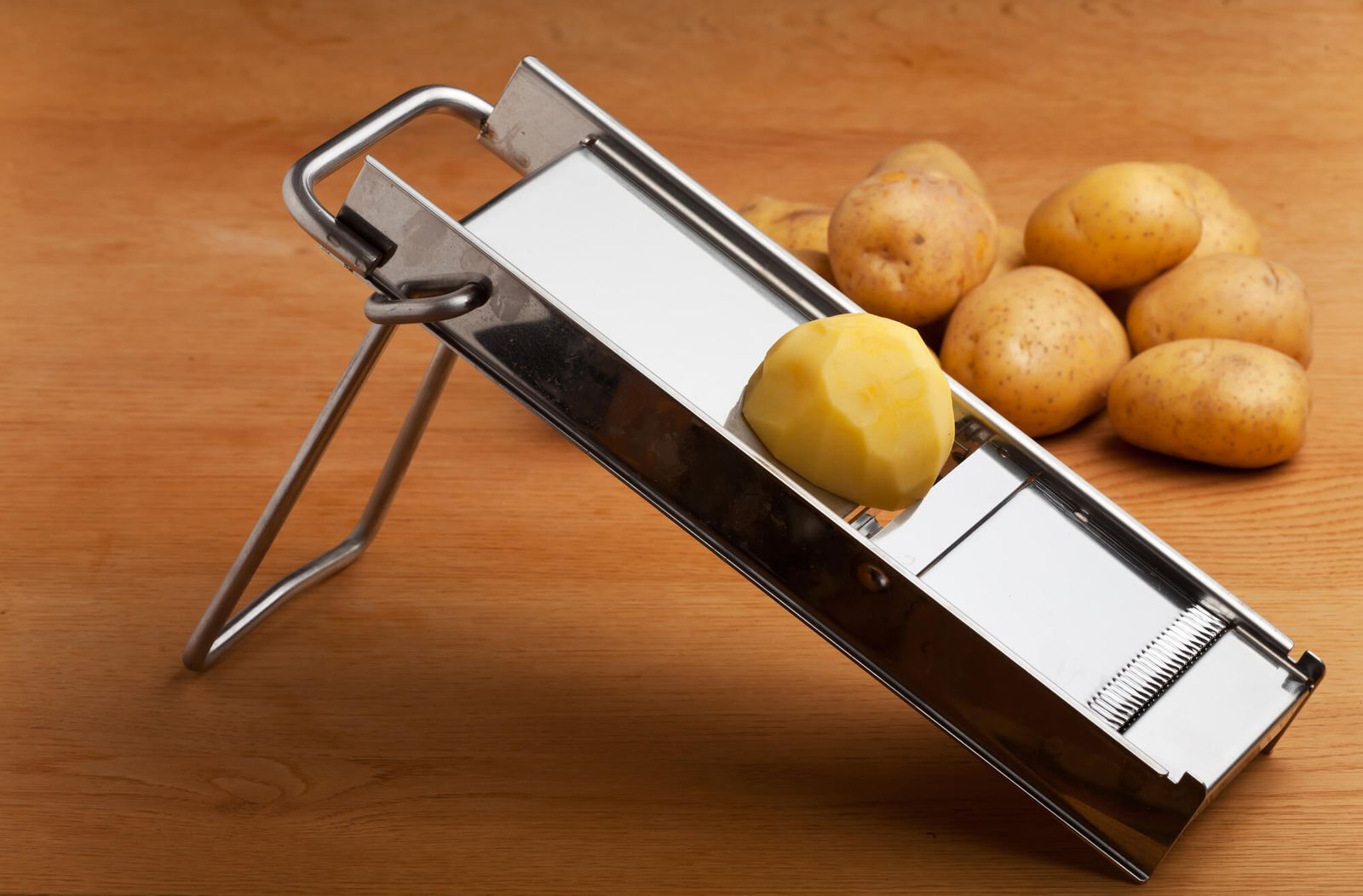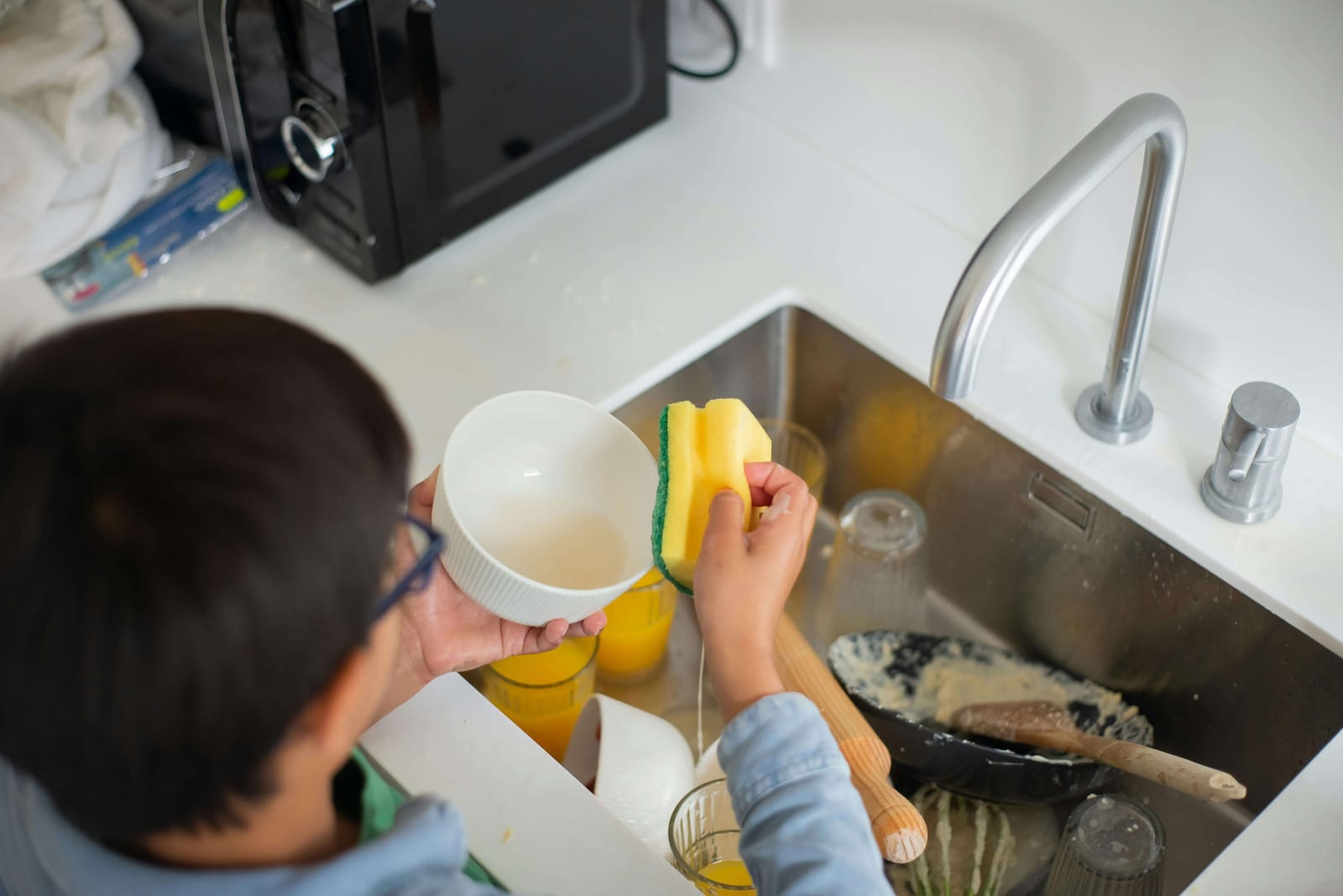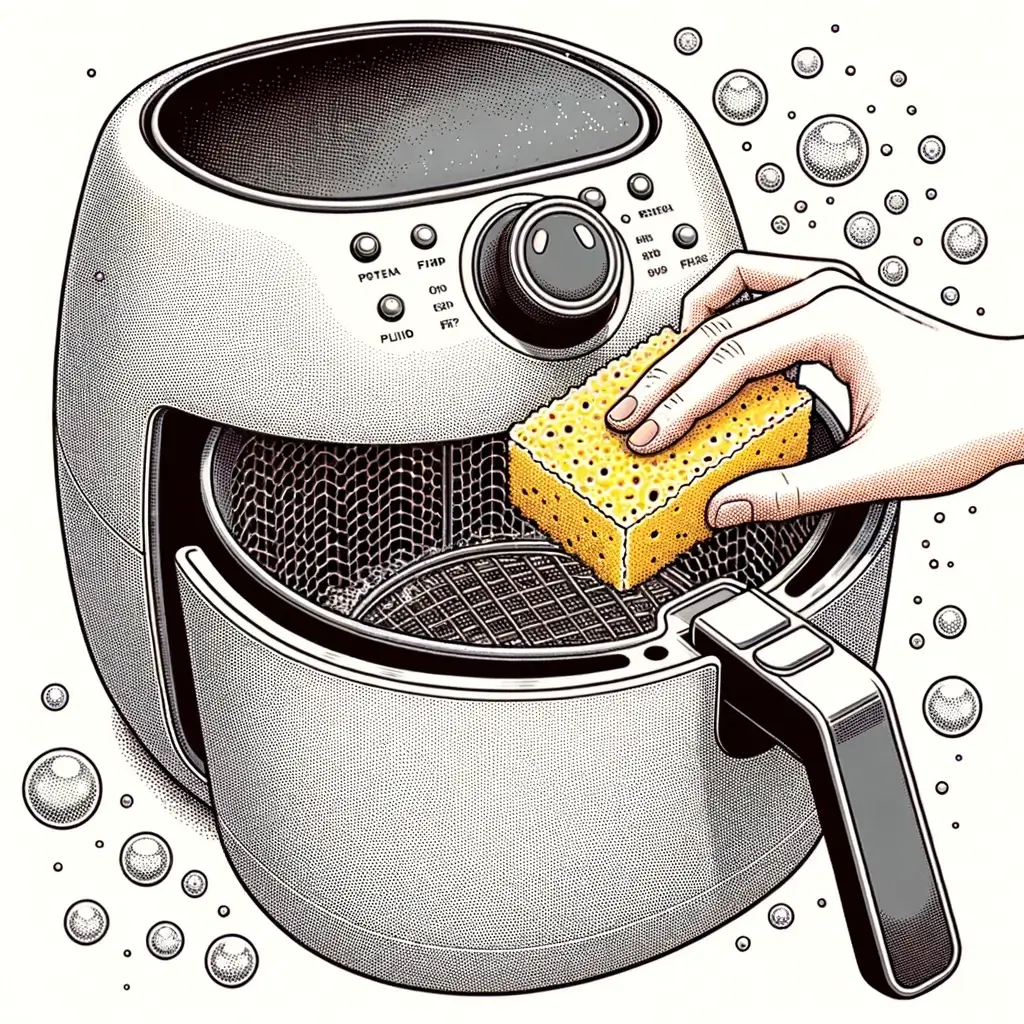A potato slicer is an essential kitchen tool that can help you prepare your favorite potato dishes with ease. However, like any kitchen tool, it requires regular cleaning and maintenance to keep it in top shape.
In this micro-guide, we'll walk you through the steps of cleaning your potato slicer and provide tips on how to maintain it for long-lasting use.
Jump To:
- Why Clean Your Potato Slicer?
- Step-by-Step Cleaning Guide
- Maintaining Your Potato Slicer
- Troubleshooting Common Issues
- Conclusion
- Frequently Asked Questions
Why Clean Your Potato Slicer?
Keeping your potato slicer clean is crucial for several reasons:
- Food Safety: Leftover food particles on your slicer can breed bacteria, posing a risk to your health. Regular cleaning ensures your slicer is safe to use. Moreover, food residues can also attract pests like insects and rodents, which can contaminate your kitchen and spread diseases.
- Device Longevity: Proper cleaning and maintenance can extend the lifespan of your potato slicer, saving you the cost of frequent replacements. Dirt and food particles can cause the blades to dull and the moving parts to wear out faster. By keeping it clean, you ensure that your slicer remains functional for a longer time.
- Performance: A clean slicer performs better, providing you with consistent, even slices every time. Food residues can affect the slicer's performance by causing the blades to become dull or the slicer to jam. Regular cleaning ensures that your slicer operates at its best.
Step-by-Step Cleaning Guide
Cleaning your potato slicer doesn't have to be a daunting task. Here's a simple step-by-step guide:
- Disassemble the Slicer: If your slicer can be disassembled, take it apart. This will make it easier to clean each component thoroughly.
- Soak in Warm, Soapy Water: Soak the parts in warm soapy water to loosen any stuck-on food particles. This step is especially important if the slicer has been left dirty for a while, as dried food particles can be harder to remove.
- Scrub Gently: Use a soft brush or cloth to scrub each part. Be careful not to damage the blades. For stubborn dirt, you might need to soak the parts for longer or use a specialized cleaning tool.
- Rinse and Dry: Rinse the parts under running water to remove any soap residue. Dry them thoroughly before reassembling them to prevent rust. It's best to air dry the parts or use a dry cloth to remove all moisture.
Maintaining Your Potato Slicer
Proper maintenance goes beyond regular cleaning. Here are some tips to keep your slicer in optimal condition:
- Sharpen the Blades: Keep the blades sharp for clean, easy slicing. You can use a blade sharpener or have them professionally sharpened. Dull blades can cause uneven slices and make the slicer harder to use.
- Store Properly: Store your slicer in a dry, clean place to prevent rust and dust accumulation. Avoid storing it in damp places or near heat sources, as this can cause the slicer to degrade faster.
- Regular Check-ups: Regularly check your slicer for any signs of wear and tear. Replace any worn-out parts promptly to maintain their performance. This includes checking the blades for sharpness, the handle for stability, and the slicing platform for cleanliness.
Troubleshooting Common Issues
Even with proper care, you might encounter some issues with your potato slicer. Here are some common problems and how to fix them:
- Uneven Slices: If your slicer is producing uneven slices, the blades might be dull, or the potato might not be properly secured. Sharpen the blades and ensure the potato is firmly held in place.
- Difficult to Use: If the slicer is hard to use, it might be dirty, or the blades might be dull. Clean the slicer thoroughly and sharpen the blades. If the slicer is still hard to use, it might be a design issue, and you might need to consider getting a different model.
- Rust: If you notice rust on your slicer, it might be due to moisture exposure. Always dry your slicer thoroughly before storing it. If the rust is severe, you might need to replace the slicer or the rusted parts.
Conclusion
Proper cleaning and maintenance of your potato slicer can enhance its performance and extend its lifespan. By following these simple steps, you can enjoy perfectly sliced potatoes for your favorite dishes every time.
To explore our top 4 recommendations of potato slicers, make sure to read our comprehensive article on the best potato slicers.
Frequently Asked Questions
What is the best tool for slicing potatoes?
A potato slicer is the best tool for slicing potatoes. It allows for consistent slice thickness, which is key for even cooking.
What is a potato slicer called?
A potato slicer is often referred to as a mandoline or a potato chipper, depending on the design and function of the tool.
What is the best potato dicer?
The best potato dicer depends on your specific needs, including the volume of potatoes you need to dice, your budget, and your storage space.
What does a potato slicer do?
A potato slicer cuts potatoes into even slices. This is important for cooking as it ensures all slices cook at the same rate.
Further Reading
- Potato Slicing Science: How Thickness Impacts Cooking: Understand how the thickness of your potato slices can influence the cooking process and final dish.
- Manual vs Electric Potato Slicers: An In-Depth Exploration: Explore the differences between manual and electric potato slicers and decide which one suits your needs.
- Beyond Potatoes: Creative Uses of Your Potato Slicer: Uncover the versatility of your potato slicer by using it with other fruits and vegetables.
- Safety First: Mastering the Use of Your Potato Slicer: Gain insights on how to use your potato slicer safely to prevent accidents.
- How to Use a Potato Chipper by Hot Air Frying: Embrace the world of homemade potato chips with ease by utilizing a potato chipper and hot air frying, and our expertly crafted guide as your trusted companion.



